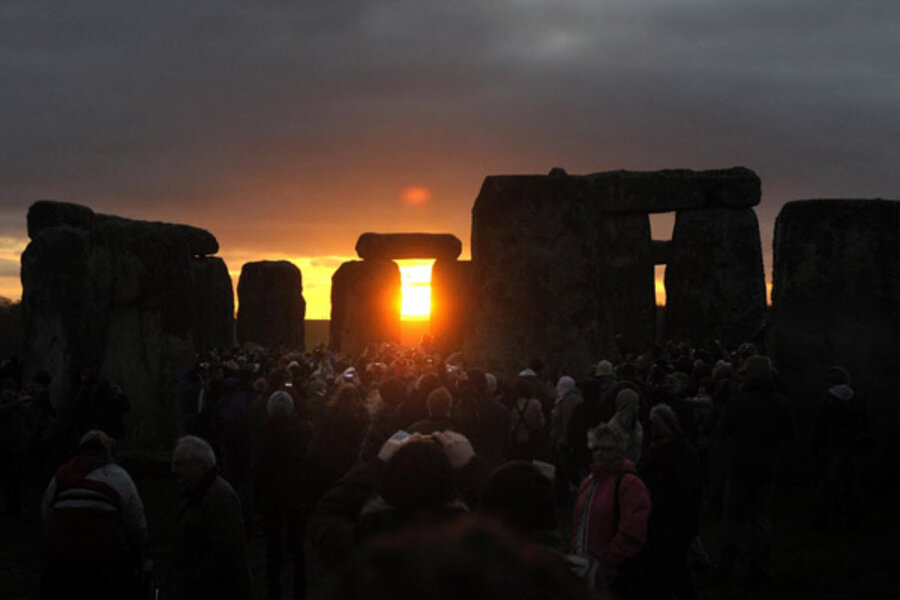Winter solstice: time to celebrate brighter days ahead
Loading...
Happy first day of winter.
The biting, icy chill of the coldest season is officially upon us, and we have one thing to thank for it: the winter solstice.
The word “solstice” is Latin for “sun stands still,” and the winter solstice happens when the northern half of Earth is tilted away from the sun by about 23 degrees – its most extreme angle of the year – to bring on the colder days of winter.
Officially the winter solstice occurred Thursday at 12:30 a.m., Eastern time, or 9:30 p.m., Pacific time on Wednesday for observers further west.
For those in the Northern Hemisphere, the winter solstice, also known as the December solstice, marks, after months of waning hours of daylight, the shortest day and longest night of the year, which always occurs around Dec. 21. In the Southern Hemisphere, this is the time of the summer solstice and the period where folks there experience the most daylight.
But just because it’s the shortest (and darkest) day of the year doesn’t make it the coldest one. Conditions for that won’t come for another few weeks since oceans take longer to cool than the air temperature does, a phenomenon known as seasonal lag.
Indeed long winter weather conditions lie ahead for much of the Northern Hemisphere, but on the bright side, days gradually begin to lengthen the day after the winter solstice, leading up to the summer solstice in June.
Since ancient times, people have celebrated the return of summer light with various cultural and religious traditions. Predating Christianity by centuries, these celebrations included rituals of light and fire, both of which were widely believed to help beat back winter’s ominous gloom, and served as a reminder that brighter days were ahead.
- Throughout much of Northern Europe, ancient Germanic people honored the winter solstice with Yule festivals. This tradition is still alive today as well as its centerpiece, the Yule log, whose embers it was believed helped frighten away evil spirits.
- In India, Makar Sankranti celebrates the sun’s ascendency, marked by gift giving and special prayers.
- In Ireland, the Newgrange tomb, a massive prehistoric monument, was built and aligned to capture the light at the moment of the winter solstice sunrise.
- The Roman feast of Saturnalia, honoring Saturn, the god of agriculture in Roman times, was a weeklong December feast that included the observance of the winter solstice. Romans celebrated the lengthening of days by also paying homage to Mithra, the Persian god of light. Many believe the early beginnings of Christmas have direct roots in this particular winter solstice celebration.
In more modern times, the winter solstice has inspired many other celebrations around the world.
In China, Dong Zhi, the annual winter solstice festival, has been celebrated for centuries. The ancient Chinese believed that the yin qualities of darkness and cold were at their most powerful point during the winter solstice, but it was also the turning point that gave way to the light and warmth of yang. Today, many believe longer days signify an increase in positive energy, which is why Dong Zhi is one of the most important festivals celebrated by the Chinese, second only to the Chinese New Year.
Among other winter solstice commemorations in the US, an annual song and dance festival called Christmas Revels, is held in celebration of the forthcoming longer days. This event, which originated in Watertown, Mass., has spread to several other cities in recent years, including Cambridge, Mass., New York City, Washington, D.C., Hanover, N.H., Oakland and Santa Barbara, Calif., Houston, Tacoma, Wash., Portland, Ore., and Boulder, Colo.
However one chooses to honor this year's winter solstice, many in the Northern Hemisphere will surely give thanks for the steady, if slow, return of the sun.





